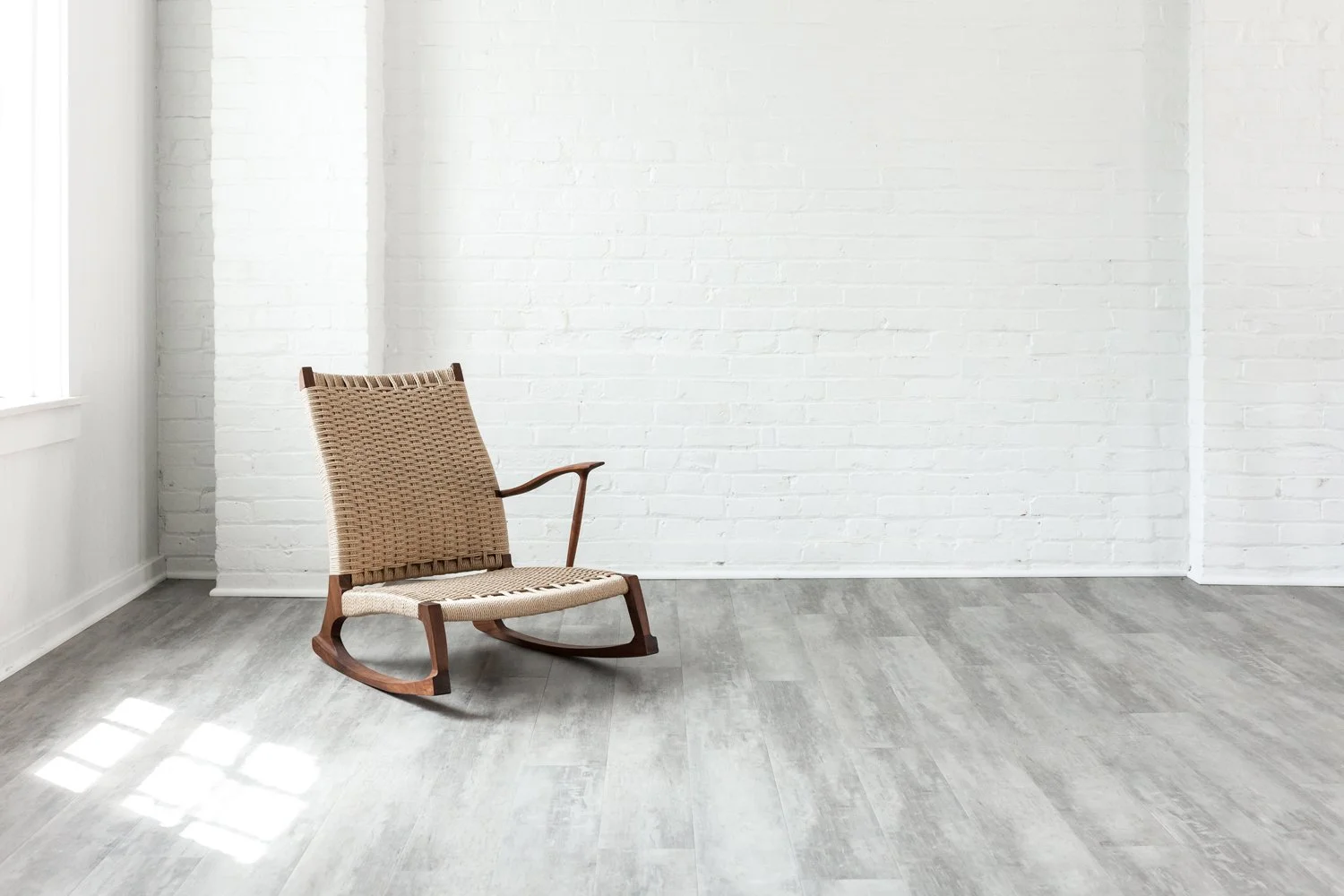Japanese Minimalism: Decluttering with Functional Design
In an age where excess seems to be the norm, Japanese minimalism invites us to embrace a quieter, more intentional way of living. Its impact extends beyond just a simple design trend. At its core, it's a philosophy that encourages simplicity, mindfulness, and functionality. When done right, it transforms your space into a sanctuary, helping you breathe easier, think more clearly, and live with more purpose.
Japanese minimalism is about more than just clearing out clutter. It’s about filling your home with fewer, better things and designing those spaces to support daily living without distraction. A big part of achieving that harmony lies in the furniture and accessories you choose.
What Is Japanese Minimalism?
At its core, Japanese minimalism is rooted in Zen principles—finding balance, appreciating imperfection, and seeking tranquility. It emphasizes neutral colors, clean lines, and natural materials. The goal is to reduce visual noise and create space for peace, thoughtfulness, and rest.
Unlike minimalism that can sometimes feel sterile or impersonal, Japanese design adds a layer of warmth and character through intentional use of textures, natural light, and craftsmanship. This warmth often comes from the furniture and accessories that quietly serve their purpose while complementing the space.
Decluttering with Purpose and Meaning
The first step is decluttering and it's highly consequential. Rather than tossing things out at random, Japanese minimalism encourages us to evaluate each item with care and ask ourselves a series of questions. Mainly, “Does this serve a purpose? Does it bring a sense of calm or joy? Does it belong in the flow of my daily life?”
From this perspective, the focus shifts away from “getting rid of stuff” and toward curating a space that supports how you live. Once that foundation is set, thoughtful design choices, especially furniture and accessories, take your minimalist space to the next level.
Japanese Furniture: Simplicity Meets Function
Furniture in a minimalist Japanese home isn’t meant to dominate the space, but rather, it’s meant to support it. Traditional pieces are low-profile, multipurpose, and made with natural materials like wood, cotton, or bamboo.
Key Furniture Elements of Japanese Minimalism:
Low Seating: Think floor cushions (zabuton) or low wooden chairs and sofas. This furniture promotes grounded living and encourages a connection with your surroundings.
Tatami Mats: Traditionally used as flooring, tatami mats bring texture, warmth, and a sense of ritual to any space. They’re ideal for meditation corners or reading nooks.
Shoji Screens: These lightweight paper and wood screens offer subtle privacy and divide spaces without adding bulk.
Tansu Chests: Modular wooden chests often used for storage. Their design is functional, stackable, and space-saving—ideal for small homes.
Chabudai Tables: Short-legged tables that can be used for dining, working, or tea rituals. These tables can easily be moved or stored to open up a room.
Japanese furniture isn’t about being ostentatious, it’s about practicality and consistency. The pieces are simple, but the craftsmanship is exquisite. They create space for life to unfold, without demanding constant attention.
Accessories That Elevate the Space—Quietly
While furniture sets the foundation, accessories provide the character and finishing touches. But in a minimalist Japanese space, every object still needs to earn its place.
Meaningful Accessories:
Ceramic or Handcrafted Dishware: A single, handmade bowl or cup, such as the Hasami Porcelain plate, can add a touch of artistry without clutter.
Indoor Plants: Carefully placed greenery such as a bonsai tree or a small potted fern can connect you to nature and add organic beauty to clean lines.
Minimalist Lighting: Rice paper lanterns or low-wattage lamps offer soft, ambient light that creates warmth without overstimulation.
Japandi Wall Decor: An exciting fusion of Japanese and Scandinavian aesthetics, Japandi wall decor allows you to keep these minimalistic tendencies in place while adding the requisite style to your interior.
These details help bring life and soul into minimalist spaces without disrupting their serenity.
Bringing It All Together
Japanese minimalism is not about deprivation—it’s about liberation. It’s the freedom to let go of what doesn’t serve you, and the joy of living with clarity, peace, and purpose.
By combining thoughtful decluttering with the right furniture and accessories, you create a space that supports calm and well-being every single day. Whether you start with a small room or take on your entire home, even subtle shifts, like replacing a bulky couch with a low-seated sofa or introducing a handcrafted wooden bench, can have a meaningful impact.
Minimalism doesn’t have to feel like a fleeting fashion, as the roots of Japanese minimalism have long stood the test of time. It only asks you to live with less, but to feel and appreciate more and to decorate with purpose. You’ll find that it’s satisfying to invest in beauty that serves a function and, most importantly, to create a space that reflects a more mindful version of yourself.
Starting small can help. Finding an outlet that specializes in authentic Japanese decor can make all the difference for your new interior. rikumo’s extensive catalog is the ideal starting place for anyone with a budding interest in Japanese goods and culture. If you have any questions on where to start or what accent pieces can elevate your living space, feel free to contact us at your leisure. We’d be happy to present you with a whole world of possibilities.

